Re: The Hall of Shame - Badcaps Photo Montage
I hope you are accepting soldered out capacitors
Sometime ago I got some non-working ATX PSUs for free... And as I leave in not rich country, these were cheap faulty PSU with many bulged badcaps. I already resoldered most of capacitors and got little 'box of shame' with died crapacitors. Some of them are even from Motherboards, so here we go:
First comes my most favourite one - FHY MKX 470uf 200V, it's so cool, that it even made new vent for himself as main one isn't working as it should. Saw many bulged caps from this brand(not by my self, but they are badcaps 100%).Soldered this one out from Modecom FEEL 500W.
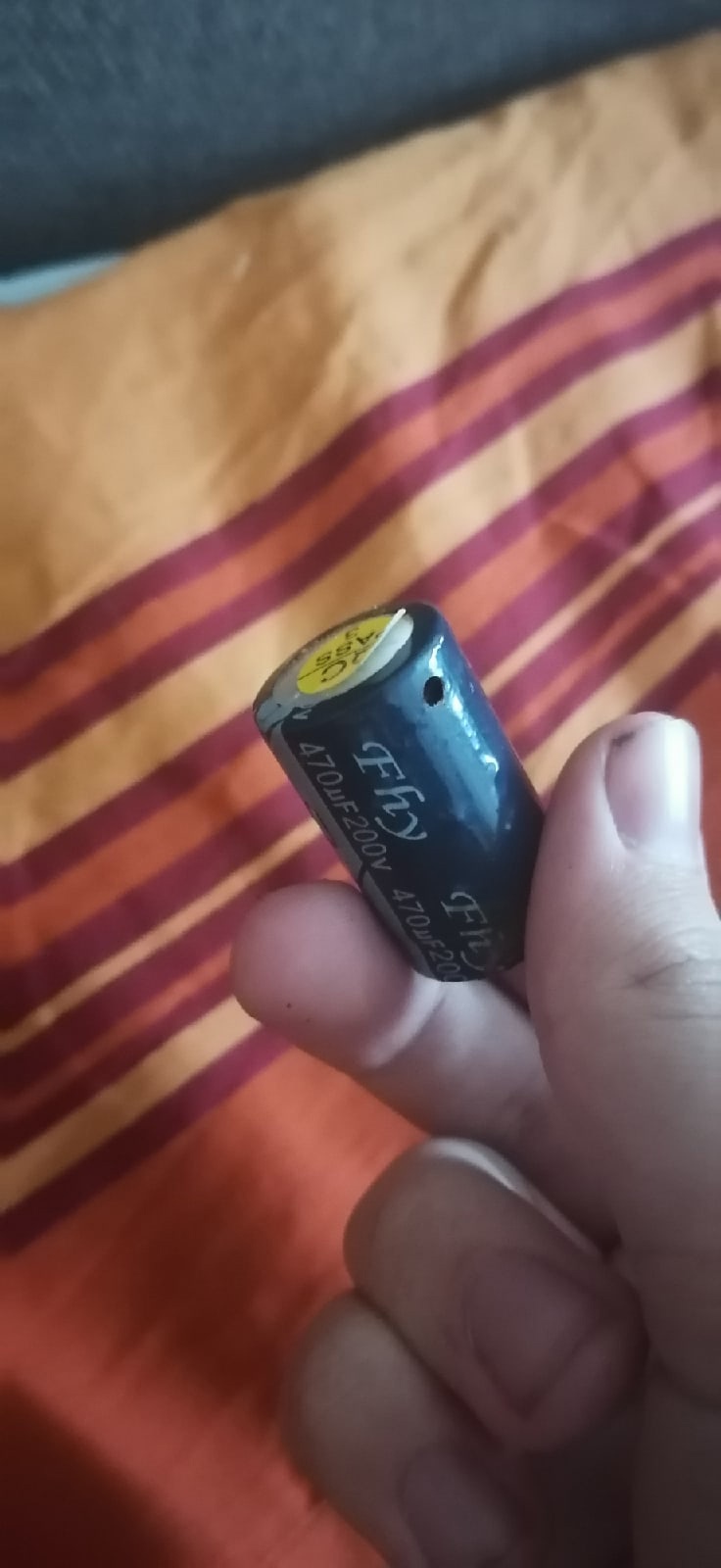
Second one is with interesting name - Forever, sadly this one didn't lasted forever. Soldered it out from some crapy old ATX PSU.
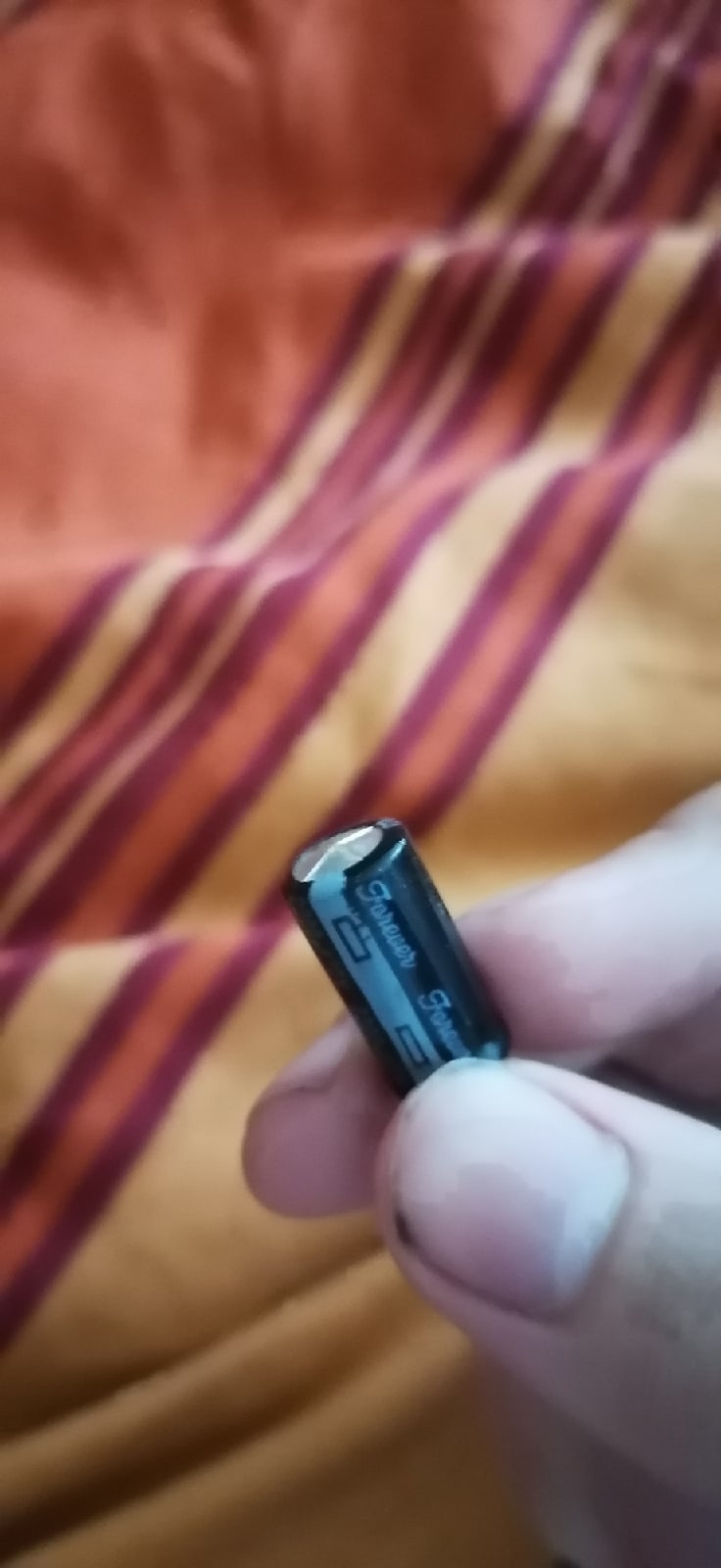
Next one is Sapcon, soldered 5 of those capacitors from a Raidmax KY-600ATX.
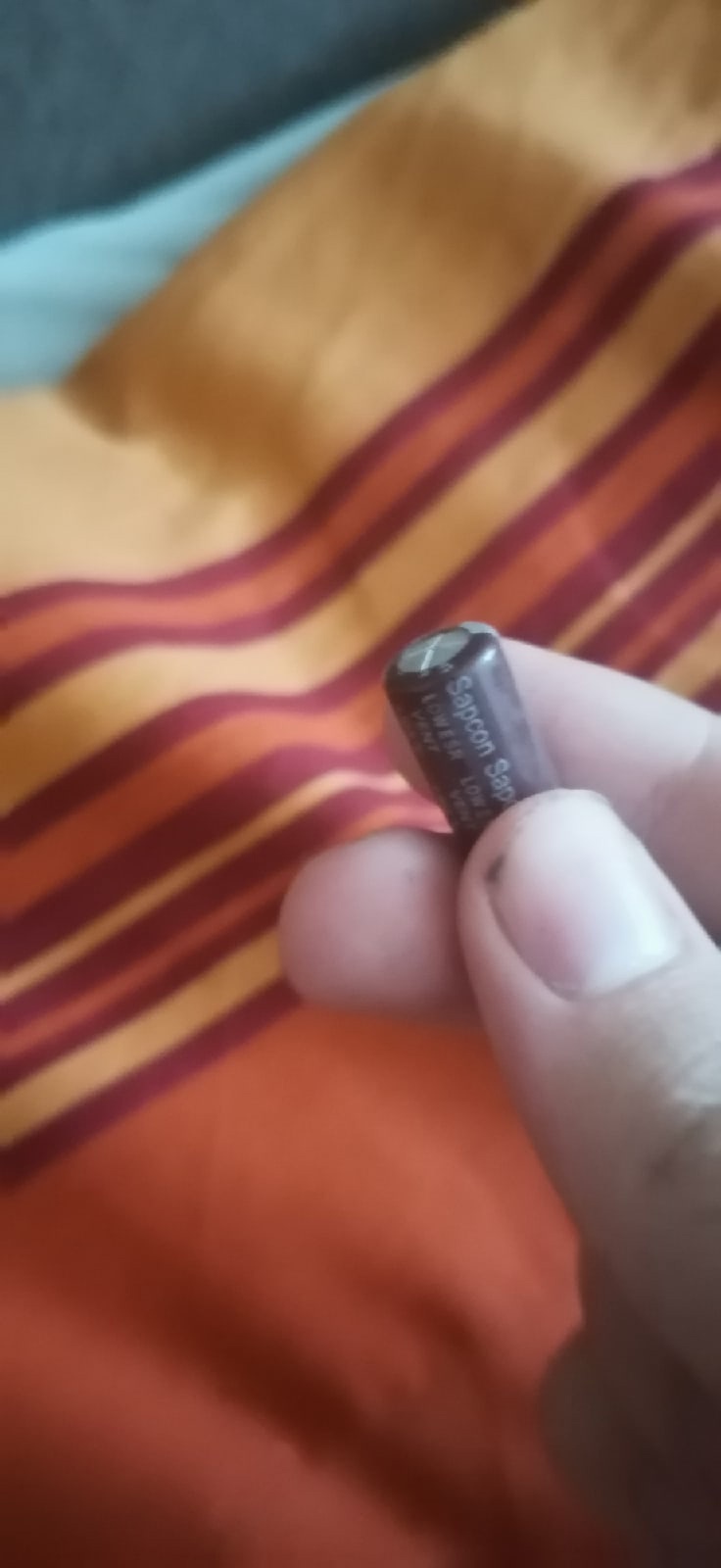
Another 'con' badcaps - Canicon, Soldered this one out from no-name crapy old ATX PSU.
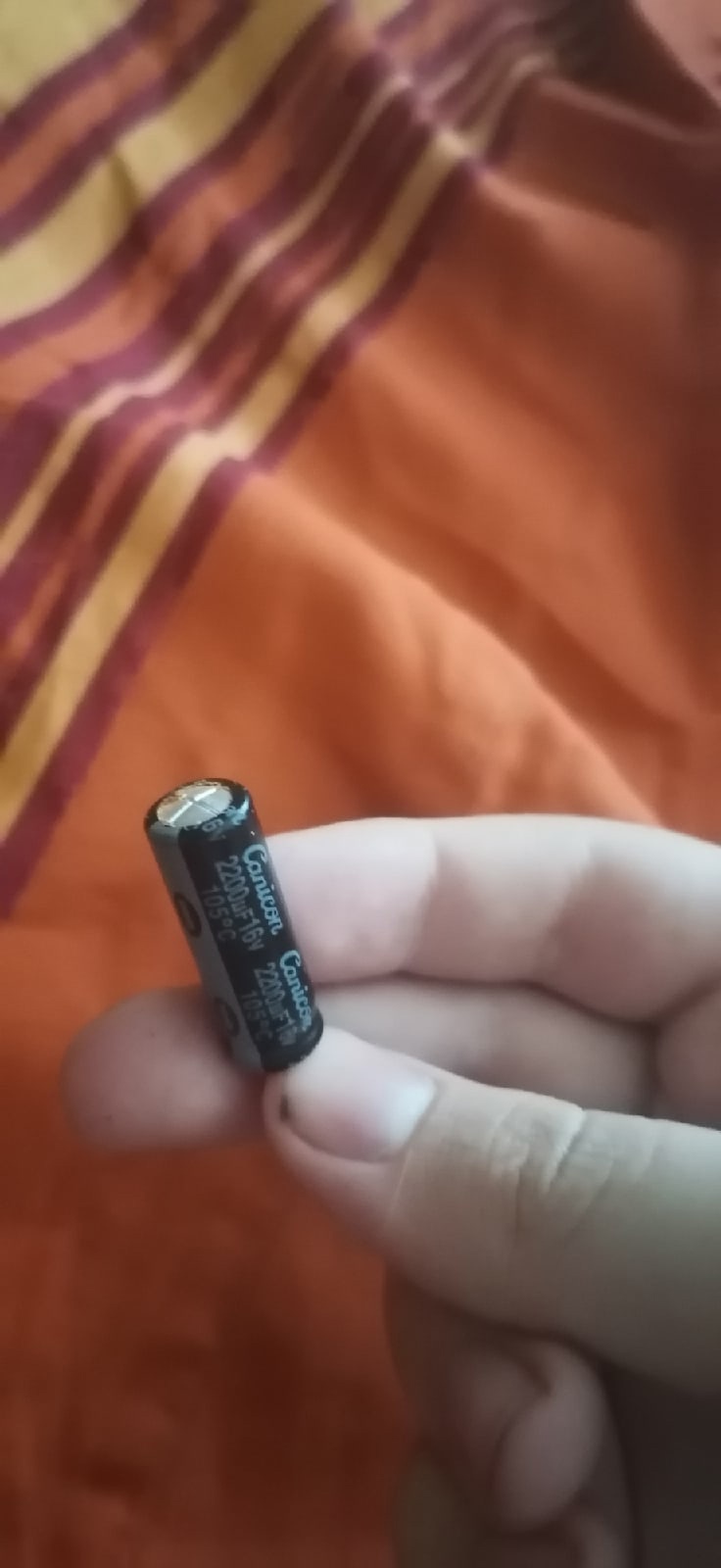
Next is SD, I got 4 of them soldered out from some old crapy ATX PSU.
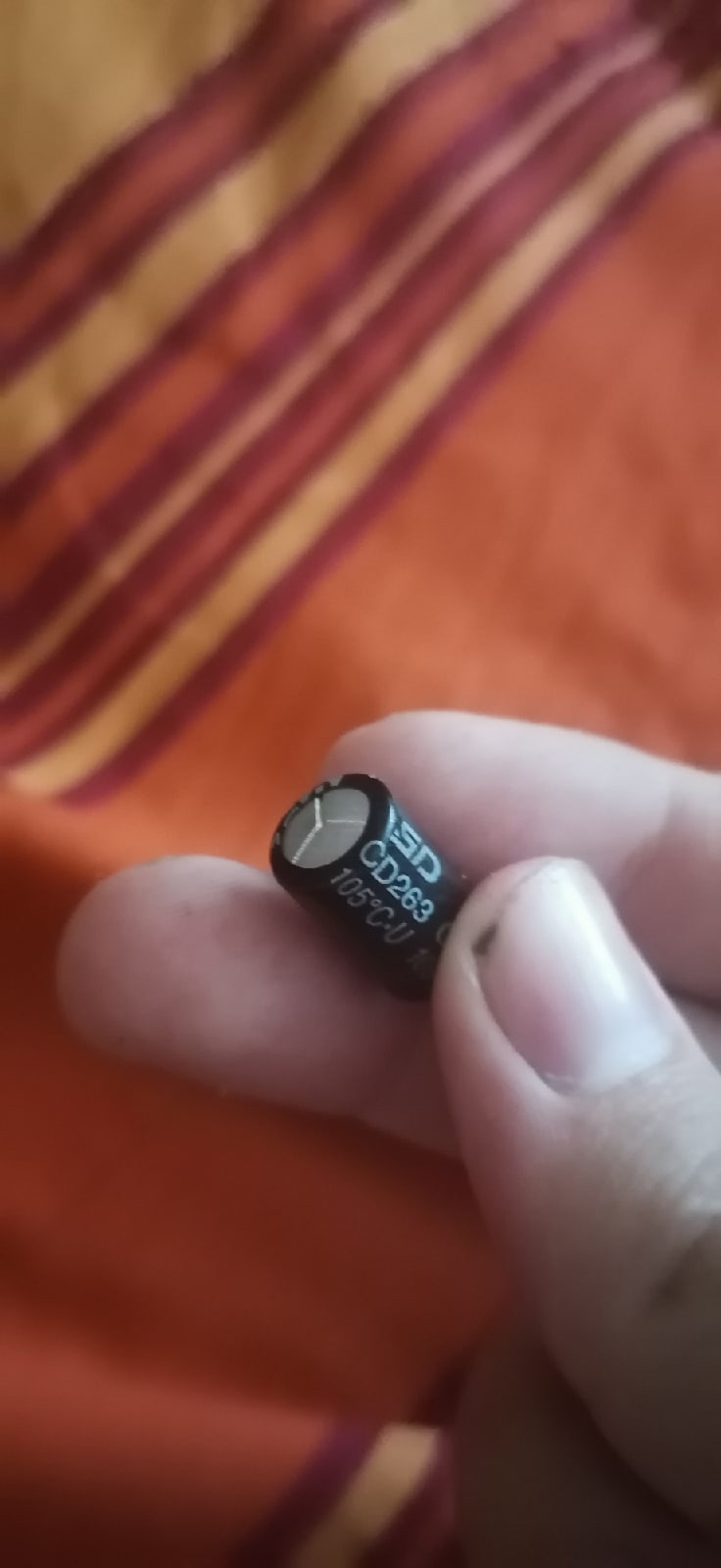
And another 'con' crapacitor - Ricon. Soldered out from some old crapy ATX PSU.
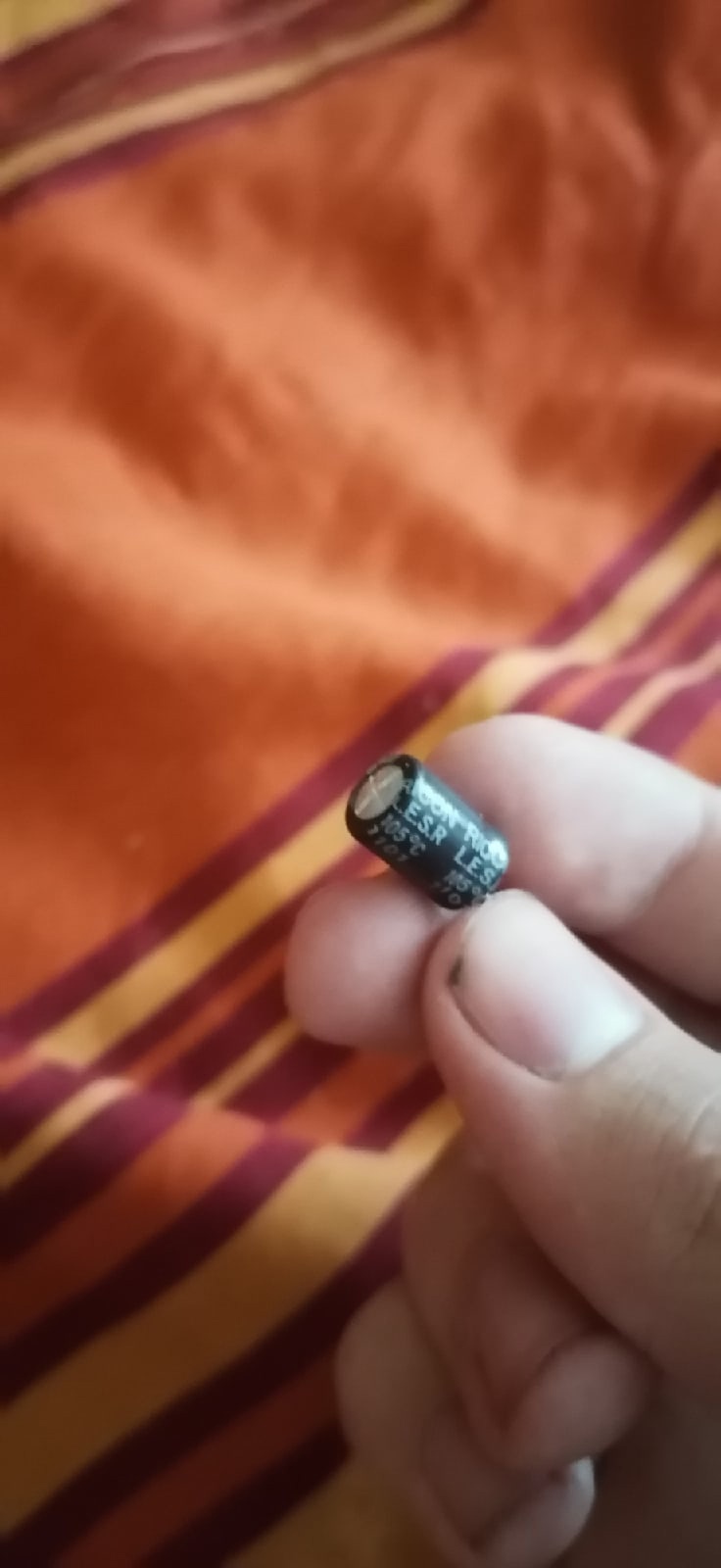
The capacitor I see on many old Microlabs is BH. I didn't saw them bulged except for this one, I didn't measured their capacitance as I don't have capacitance on ESR tester, maybe will test them if get one on my hands.
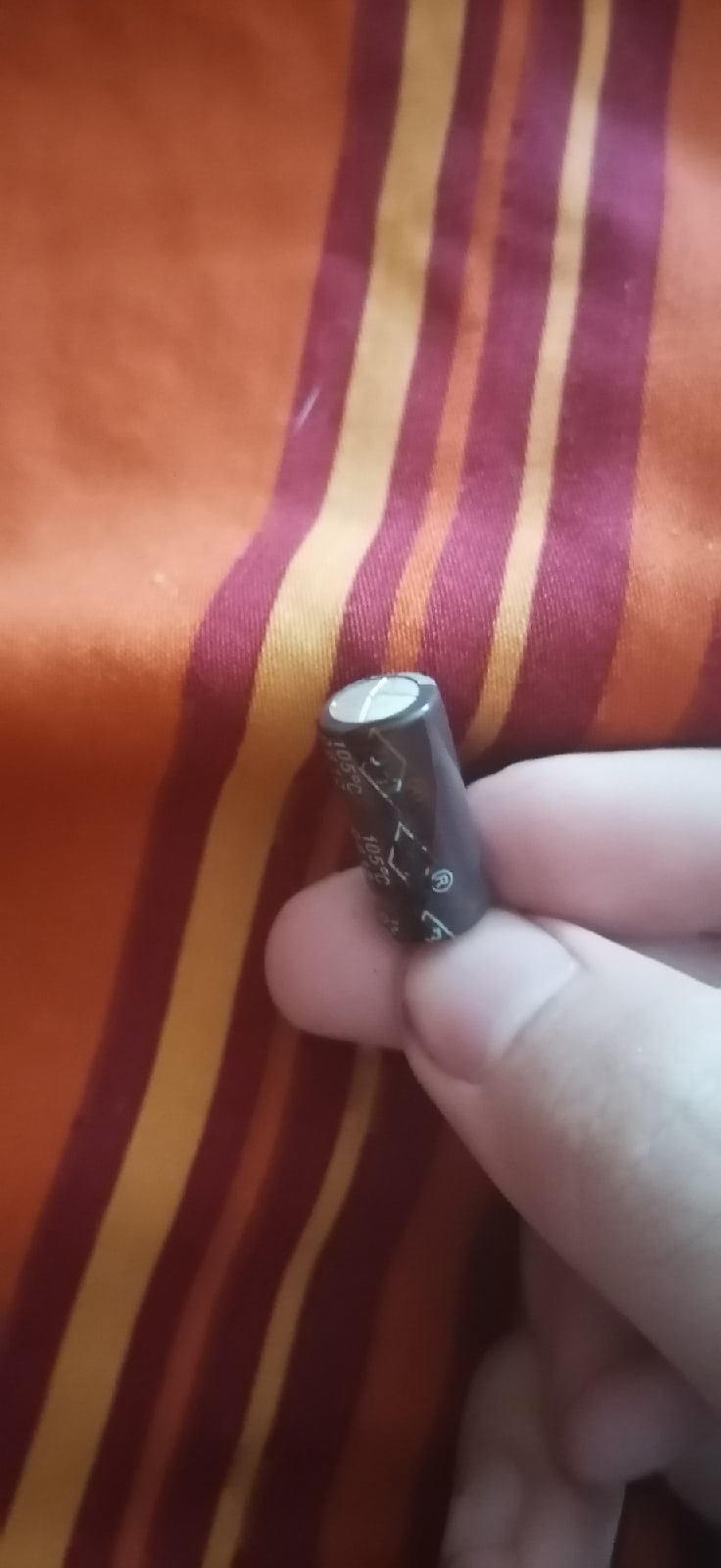
p.s on photo of capacitor you can't see leters BH as they are covered into some thing that maufacturer puts on capacitors. Here is the other BH capacitors soldered on some died microlab.
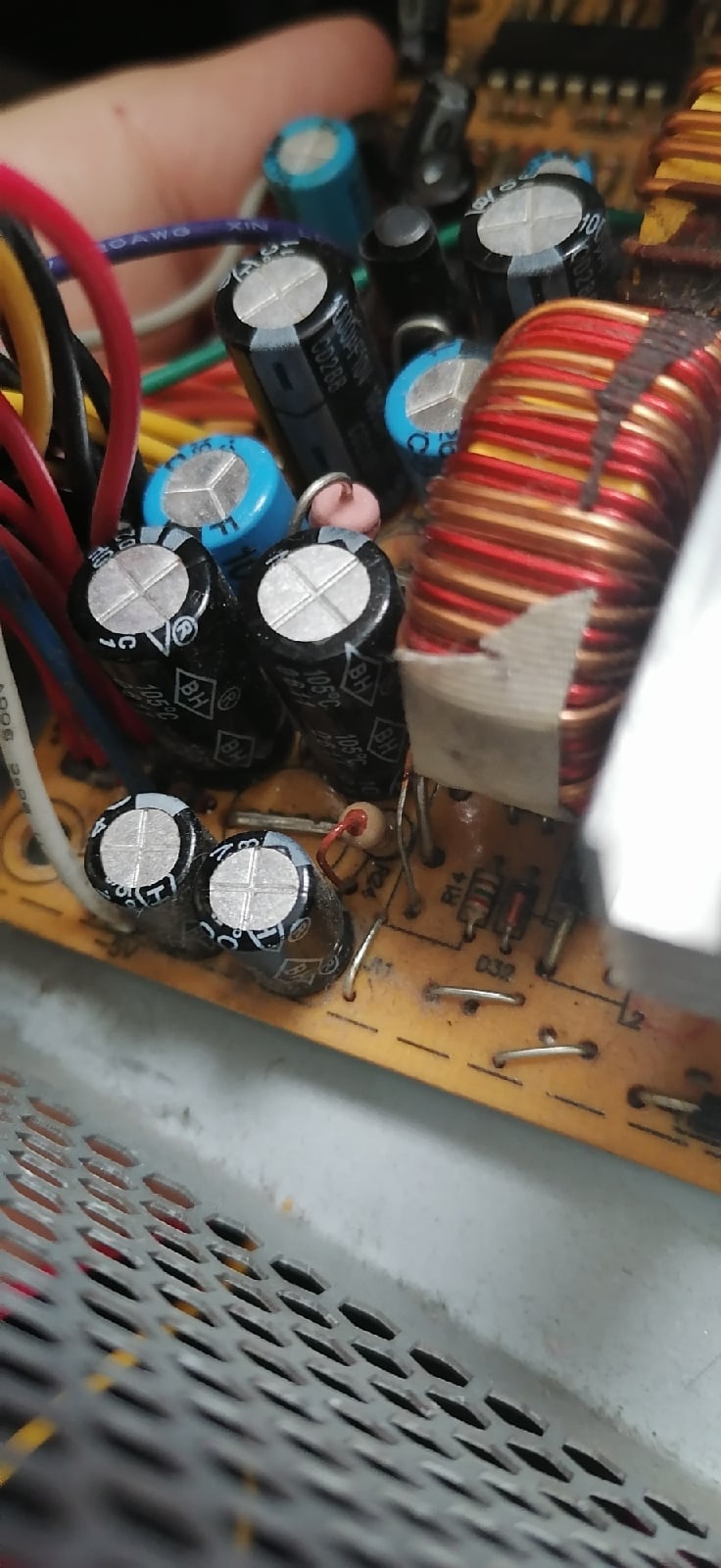
Asia X - popular one, some manufacturers put them on new PSU(Like Aerocool on their VX series), have 4 them bulged and soldered out.
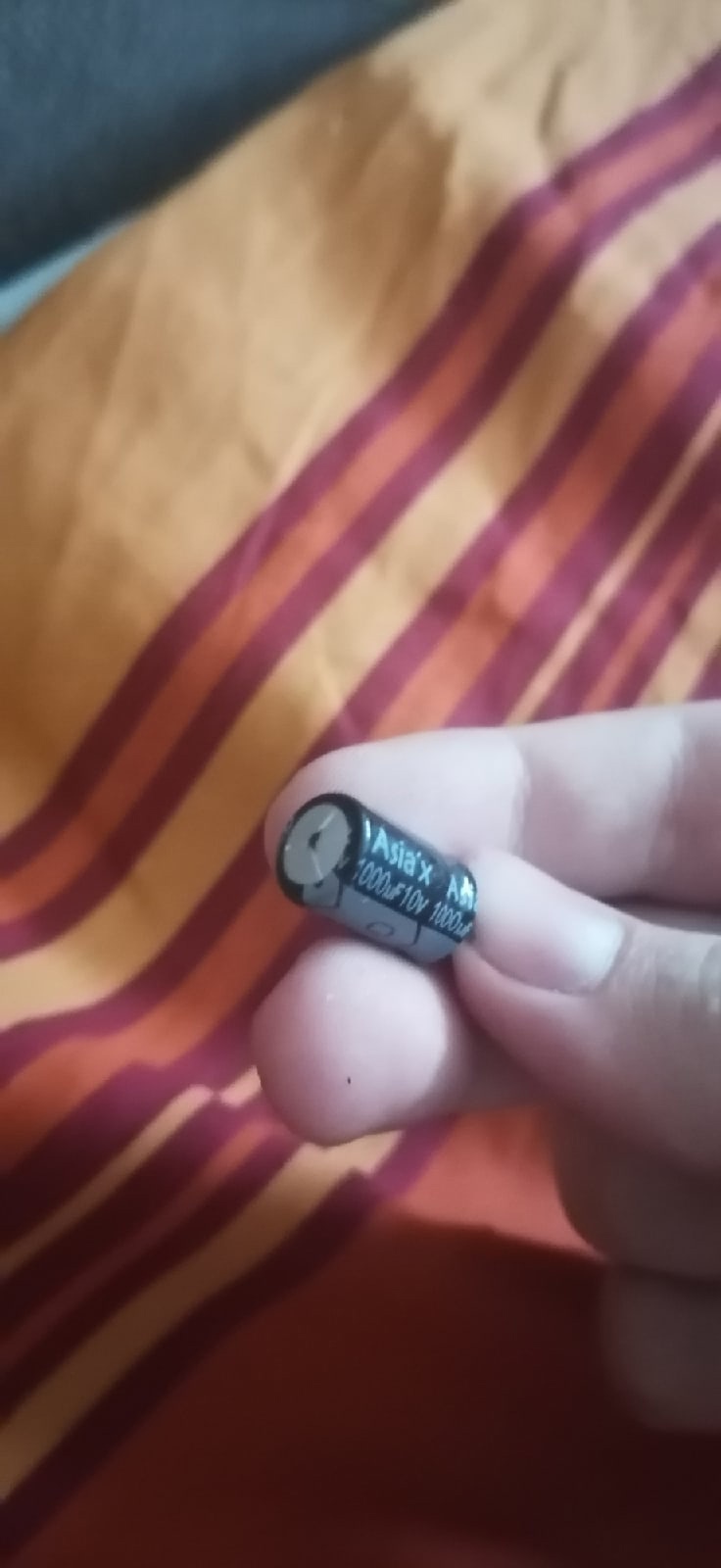
CapXon - same as Asia X, but I think they became better now, have some old 2 bulged caps.
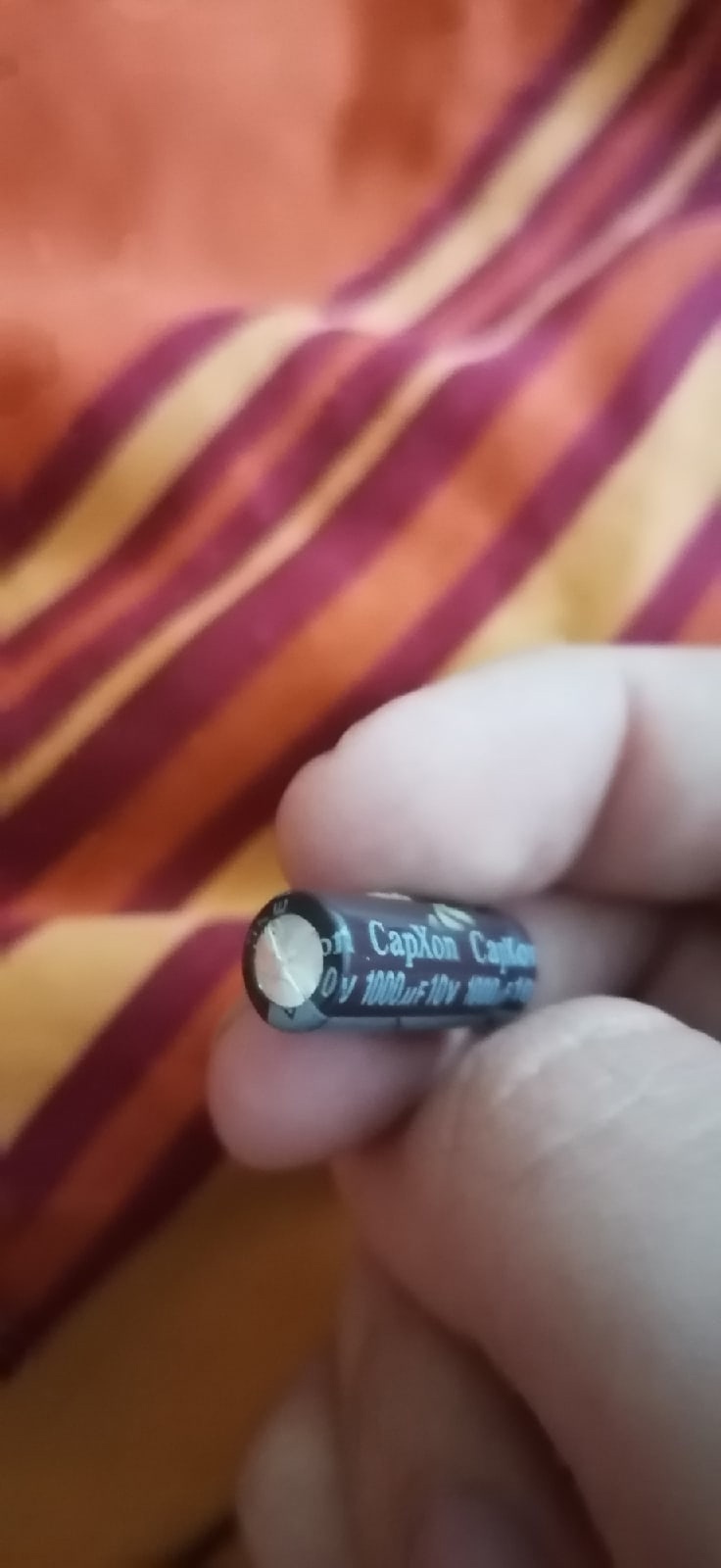
Next is 3 interesting ones
Nichicon copy - Nicon, soldered out from some old crapy ATX PSU, they put caps with those name on factory, what a shame...
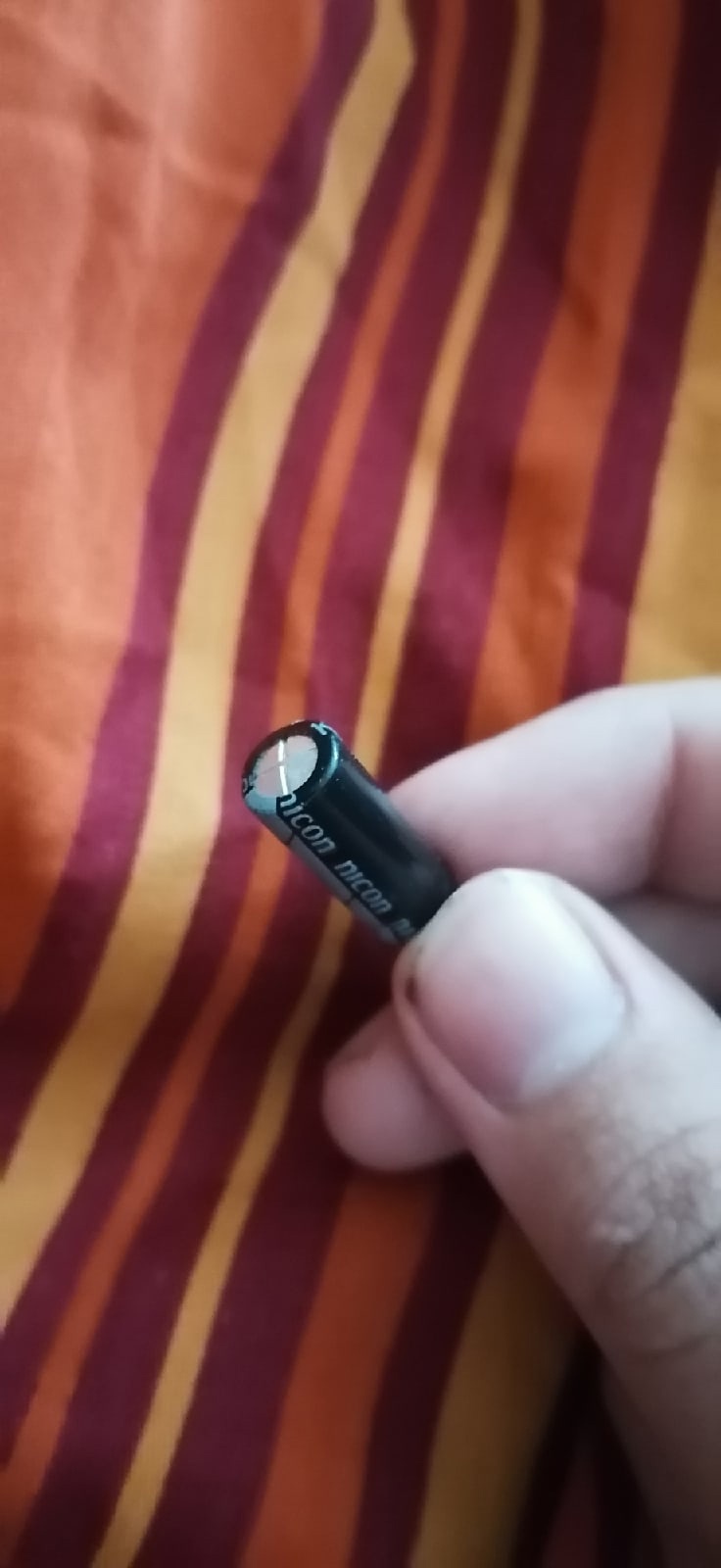
Fake Rubycon MBZ ! 1000uf 6.3V didn't found any info about those in datasheets, found them soldered onto MSI P965 NEO(or NEO-F), not from factory, as old NCC KZG were bulged(yes-yes KZG caps at their best, also there will be some series of NCC in the list).
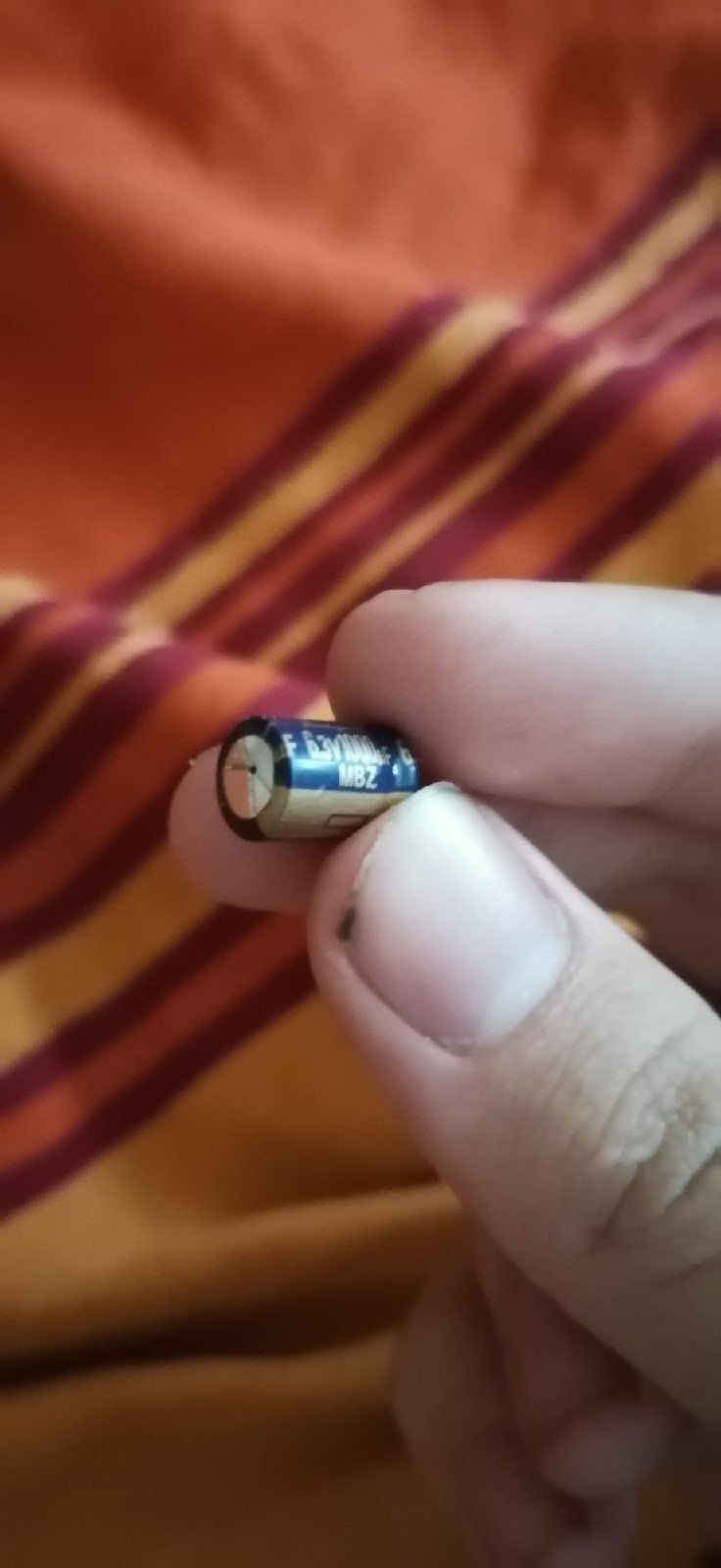
And the final one is - NCC TMV 680uf 4V, they have no vent on top, so they bulge on bottom, got 3 of them from some old ASUS motherboard.
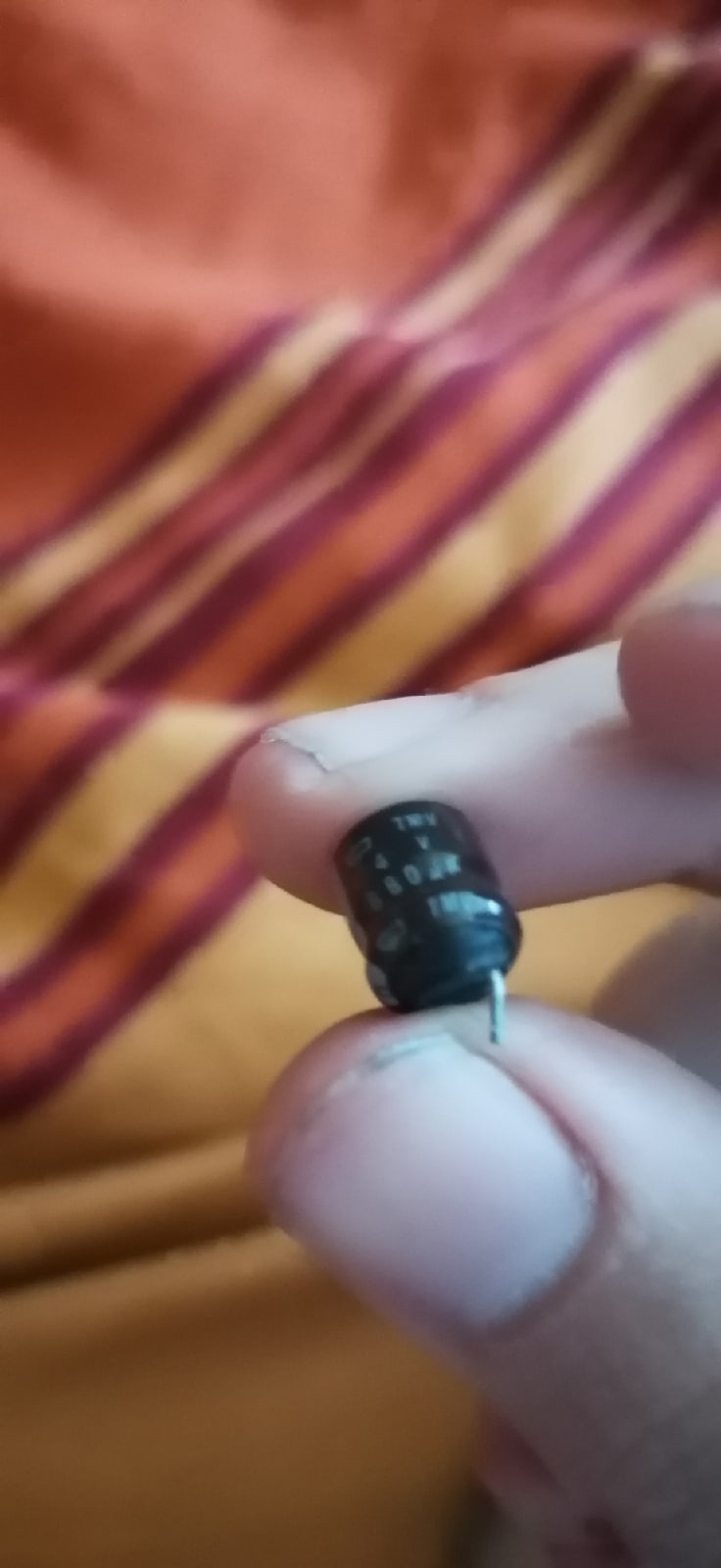
p.s sorry if image size is too big, just wanted to show my little 'box of shame'
Also i didn't mentioned 3 other caps - OST from old Powermans or In Wins, Teapo, and of course, NCC KZG, i got many of them bulged...
I hope you are accepting soldered out capacitors

Sometime ago I got some non-working ATX PSUs for free... And as I leave in not rich country, these were cheap faulty PSU with many bulged badcaps. I already resoldered most of capacitors and got little 'box of shame' with died crapacitors. Some of them are even from Motherboards, so here we go:
First comes my most favourite one - FHY MKX 470uf 200V, it's so cool, that it even made new vent for himself as main one isn't working as it should. Saw many bulged caps from this brand(not by my self, but they are badcaps 100%).Soldered this one out from Modecom FEEL 500W.
Second one is with interesting name - Forever, sadly this one didn't lasted forever. Soldered it out from some crapy old ATX PSU.
Next one is Sapcon, soldered 5 of those capacitors from a Raidmax KY-600ATX.
Another 'con' badcaps - Canicon, Soldered this one out from no-name crapy old ATX PSU.
Next is SD, I got 4 of them soldered out from some old crapy ATX PSU.
And another 'con' crapacitor - Ricon. Soldered out from some old crapy ATX PSU.
The capacitor I see on many old Microlabs is BH. I didn't saw them bulged except for this one, I didn't measured their capacitance as I don't have capacitance on ESR tester, maybe will test them if get one on my hands.
p.s on photo of capacitor you can't see leters BH as they are covered into some thing that maufacturer puts on capacitors. Here is the other BH capacitors soldered on some died microlab.
Asia X - popular one, some manufacturers put them on new PSU(Like Aerocool on their VX series), have 4 them bulged and soldered out.
CapXon - same as Asia X, but I think they became better now, have some old 2 bulged caps.
Next is 3 interesting ones
Nichicon copy - Nicon, soldered out from some old crapy ATX PSU, they put caps with those name on factory, what a shame...
Fake Rubycon MBZ ! 1000uf 6.3V didn't found any info about those in datasheets, found them soldered onto MSI P965 NEO(or NEO-F), not from factory, as old NCC KZG were bulged(yes-yes KZG caps at their best, also there will be some series of NCC in the list).
And the final one is - NCC TMV 680uf 4V, they have no vent on top, so they bulge on bottom, got 3 of them from some old ASUS motherboard.
p.s sorry if image size is too big, just wanted to show my little 'box of shame'
Also i didn't mentioned 3 other caps - OST from old Powermans or In Wins, Teapo, and of course, NCC KZG, i got many of them bulged...




 Half of the computer problems is caused by bad contacts
Half of the computer problems is caused by bad contacts 

Comment